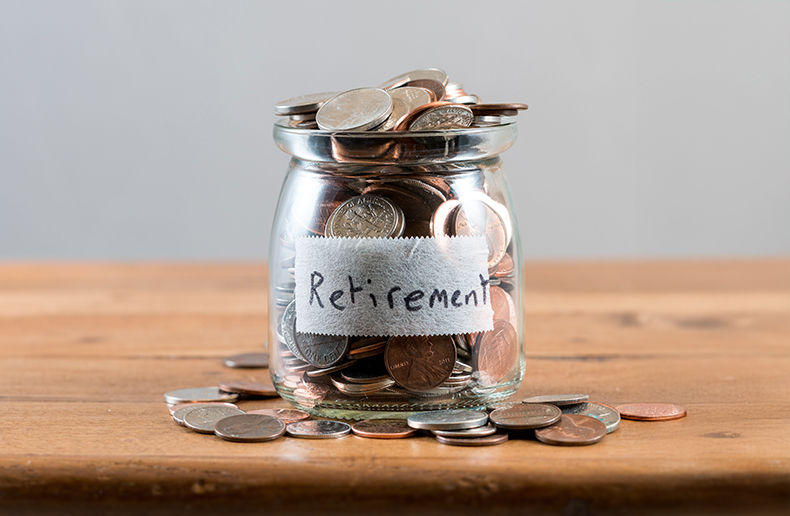As tax rules change so do the savings vehicles of Canadians.
At one time, RRSPs were the main way Canadians could shelter savings. But RRSPs fell out of favour among wealthier incorporated individuals and business owners because of the low RRSP contribution room.
When changes took place in tax rules that gave these individuals better tax treatment for dividends they switched from a straight salary to dividends for their source of income, says Cindy Reid-Shelton, owner and CEO of Intent Planning Group in Winnipeg.
Passive investment
This then provided business owners with the opportunity to leave more money in their company as a passive investment owned by their corporation – that is, until changes in passive investments were brought in during the 2018 budget, penalizing small business owners if they had too much passive investment in their companies, says Reid-Shelton.
When tax rates went up on passive investments, people started to look elsewhere, including Individual Pension Plans (IPPs) because they can legally tax shelter the growth of many kinds off investments and allow write-offs within their companies, explains Reid-Shelton.
Fees can be deducted
IPPs were always favourable to companies that did not qualify for the small business deduction, with the added bonus that fees associated with managing IPPs and Personal Pension Plans (PPP) can be deducted, giving them a big step up on RRSPs.
Contribution room with both IPPs and PPPs are significantly higher than with an RRSP.
Contribution room with both IPPs and PPPs are significantly higher than with an RRSP. The IPP room gets larger the closer a person reaches retirement. PPPs allow up to 60 per cent greater tax-deferred compounding until retirement compared to RRSPs.
Jean-Pierre Laporte, CEO of INTEGRIS, which established the PPP, says the three parts of the PPP – the defined benefit (DB), defined contribution (DC) and voluntary contribution accounts -- allow for greater opportunity to put more money into a pension and provide a larger deduction to the corporation.
In good years, a business owner can use the DB portion to deduct as much tax as possible. When times aren’t so good, that person can elect to save under the DC part and reduce their contributions considerably. If business does well again down the line, the business owner can then buy back past service, creating additional contribution room. The owner has the opportunity to switch to the DB account as he or she gets closer to retirement.
There are some restrictions on what you can buy in a PPP.
While a PPP is different from an IPP in that it includes a DC plan, Fraser Lang, senior vice president, Sales & Business Development at GBL Inc. in Toronto, says his firm, which has long sold IPPs, can add an optional DC account to the IPP as well.
Tax treatment at death
With RRSPs, when the spouse of a married couple dies, it is considered a deemed disposition of assets and more than half of the remaining funds can end up going for taxes. With a PPP, if children are employed in your business and earn a salary they can become part of the PPP, ensuring assets pass to the next generation with no taxes or probate fees. There is also no deemed disposition of plan assets upon death with an IPP in certain situations and the plan assets remain in the plan to provide benefits to the surviving members.







